One of the most common sources of diesel fuel system contamination is automotive fluids, which often include gasoline and Diesel Exhaust Fluid (DEF) that may have been mistakenly added to the fuel system by owners. On some full-size trucks, the DEF fill and fuel fill are both located behind the fuel fill door, so it’s critical that owners correctly distinguish the fill port for DEF (small blue cap) from the fuel fill (large green cap, if equipped) when filling the DEF tank.
Since DEF will separate from diesel fuel and appear clear much like water, it may be difficult to determine if there is DEF in the fuel system. (Fig. 1) If a vehicle has a Water in Fuel message displayed, the fuel system should be checked for DEF contamination. To help identify contaminated fluid, there are updated diagnostic procedures in Service Information (SI).
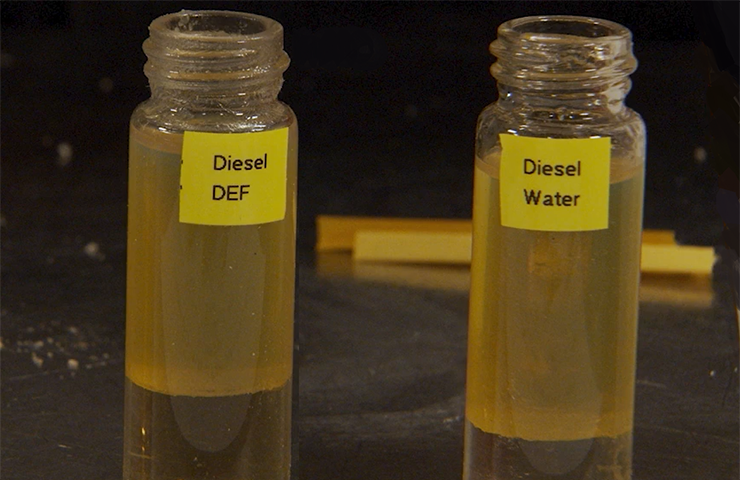 Fig. 1
Fig. 1
If contamination in the fuel system is suspected, refer to the updated Fuel System Cleaning and Contaminants-in-Fuel Diagnosis procedures in the appropriate Service Information. Bulletin #18-NA-361 also includes additional fuel system contamination diagnosis information.
Fuel system contamination issues can affect the performance of the fuel pump module, especially the spring and strut components, fuel level sensor and the fuel pump. These conditions may be found on many GM vehicles equipped with diesel engines (RPOs LM2, LZ0, LUZ, LH7, L5P, L5D), including 2017-2023 Silverado; Sierra; 2019-2023 Silverado 2500HD/3500HD, Silverado 4500HD/5500HD/6500HD; Sierra 2500HD/3500HD; 2021-2023 Tahoe, Suburban, Yukon, Escalade; 2018-2019 Equinox, Terrain; and 2014-2019 Cruze models.
Identifying DEF Contamination
Possible DEF contamination may be present in the fuel system when several fuel pump-related DTCs are set — such as DTCs P1029, P0461, P0463 and P129F — as well as some engine-related DTCs — including P0087, P228C, P228A, P228B, P228D, P026D and P2A00. These codes are potential indicators that DEF may have been added to the fuel tank.
DEF contamination will often appear as white crystals, in the form of residue (similar in appearance to salt), when it dries on the fuel pump or other components. (Fig. 2) Of course, the residue cannot be seen in the contaminated fuel. But without removing the fuel pump module, it may be difficult to recognize DEF in the fuel tank.
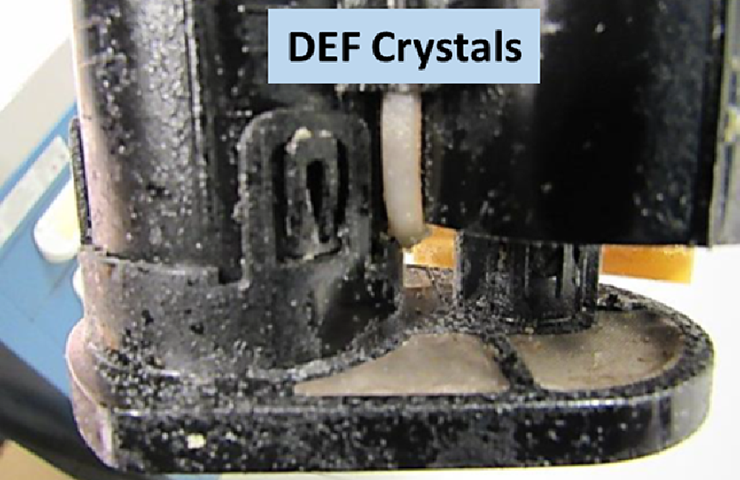 Fig. 2
Fig. 2
Since DEF is 70% water, it will separate from the fuel just like water (Fig. 3) and sink to the bottom of the tank, where it’s picked up by the fuel pump. Since some water in the fuel system is a common condition, how can DEF be easily identified from water in diesel fuel?
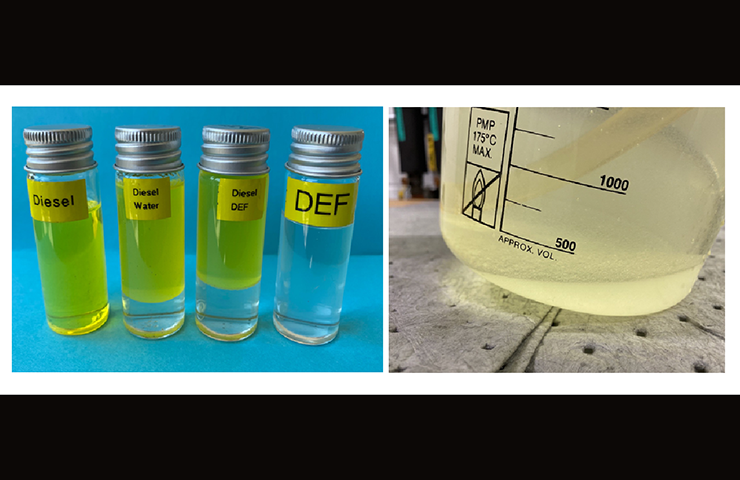 Fig. 3
Fig. 3
One of the most effective ways to determine if there is DEF contamination is to test a fuel sample following the SI Contaminants-in-Fuel Diagnosis procedure. The updated procedure uses 1 to 14 pH litmus paper (the same litmus paper you may remember from science class in school) to determine if the contamination is DEF or water.
The pH level provides information on how acidic or basic a solution is. Because the pH level of diesel fuel and DEF are quite different, litmus paper can be used to detect DEF in the sample. The litmus paper (or Universal Indicator Paper) should include a scale to gauge the pH level, indicated by the color the paper will take on in the sample. (Fig. 4)
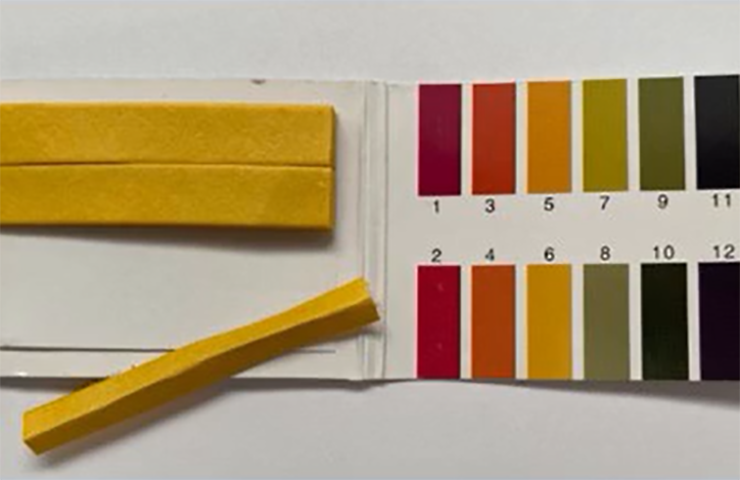 Fig. 4
Fig. 4
Testing a Fuel Sample
Drain a sample from the fuel filter reservoir (Fig. 5) into a clear container. Refer to the Water in Fuel Draining procedure in the appropriate Service Information.
 Fig. 5
Fig. 5
Next, fold a strip of litmus paper in half to make it more sturdy and easier to dip into the fluid. Be sure to insert the strip all the way into the container because DEF and water will separate into the bottom of the sample. Keep it submerged in the fluid for 10–15 seconds. A change in color of the paper will be seen.
Remove the strip from the fluid and compare it to the pH scale provided with the litmus paper. Be sure to compare the strip to the scale right away. The color of the strip may change in as little as 3 or 4 minutes.
TIP: Litmus paper should be stored in a dark, dry space until use. Clean and dry your hands before handling the strips. Wear the appropriate protective equipment when working with diesel fuel and DEF.
As a reference for testing, uncontaminated diesel fuel will have a pH level of about 5. (Fig. 6)
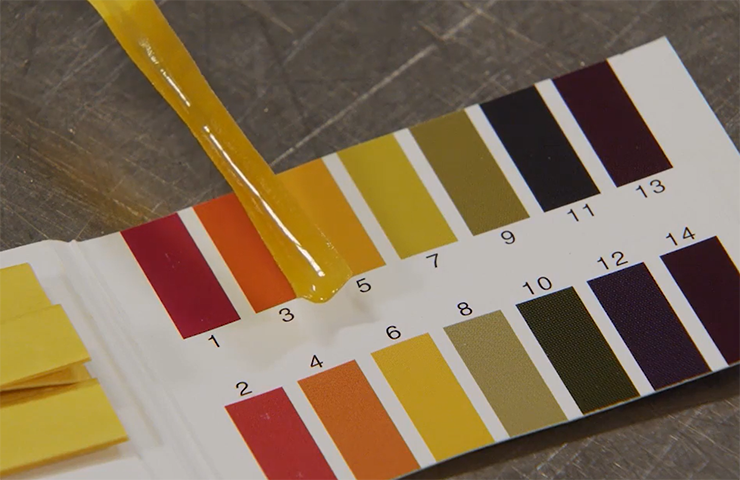 Fig. 6
Fig. 6
If the litmus paper shows a pH level of approximately 10–11, it is likely DEF. (Fig. 7) Compare the sample with a strip of litmus paper inserted into pure DEF to confirm. If there is DEF contamination, and the engine has been cranked, the entire fuel system from the fuel fill pipe to high-pressure fuel pump, fuel rail, injectors, injector return fuel lines, high-pressure fuel pipes and low-pressure return lines must be replaced. For complete information on addressing fuel system contamination, refer to Fuel System Cleaning in the appropriate Service Information.
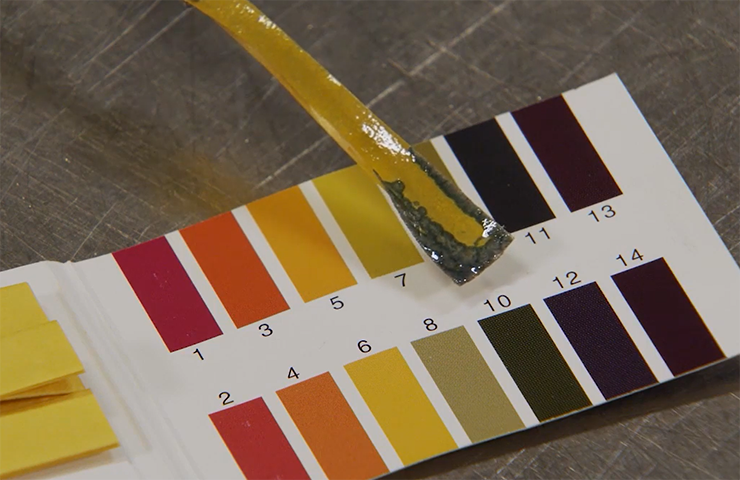 Fig. 7
Fig. 7
If the litmus paper shows a pH level of about 6–7, it is typically diesel fuel mixed with water. Both diesel fuel and water have a pH level of about 6–7 and, as a result, the color of the strip will not change much. To confirm, insert a strip of litmus paper into pure water, which has a pH level of about 6–7. (Fig. 8)
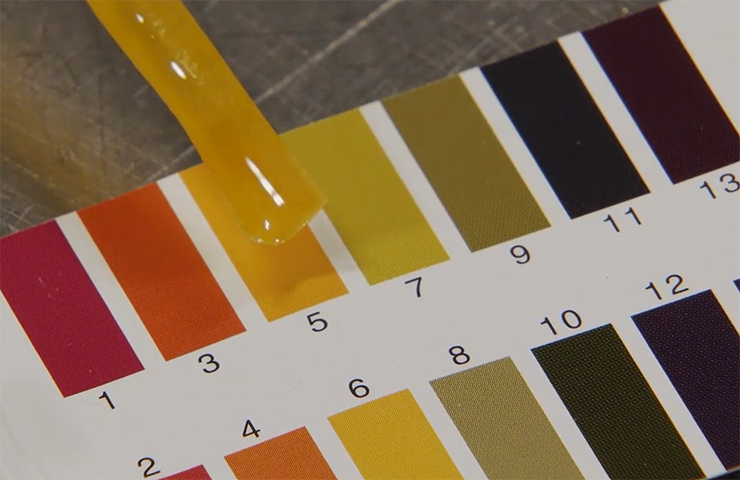 Fig. 8
Fig. 8
Remember, diesel fuel has a pH level of 5, so there should not be much change seen in a mixture of diesel fuel and water. If the fuel system is contaminated with water, inspect the fuel system components for rust or deterioration.
It’s recommended to keep the sample litmus paper as well as perform a quick test again with a fresh piece of litmus paper if customers have any questions about the fuel contamination diagnosis.
DEF and Diesel Fuel Don’t Mix
If diesel fuel is mistakenly mixed with DEF, or if DEF or gasoline is added to the fuel tank (Fig. 9), the contamination is not the result of a product issue, and the repairs are not covered by the New Vehicle Limited Warranty.
Stress to customers that if a mistake is made and DEF is accidentally added to the fuel tank:
- Do not turn on the ignition.
- Do not start the engine.
- Do not drive the vehicle.
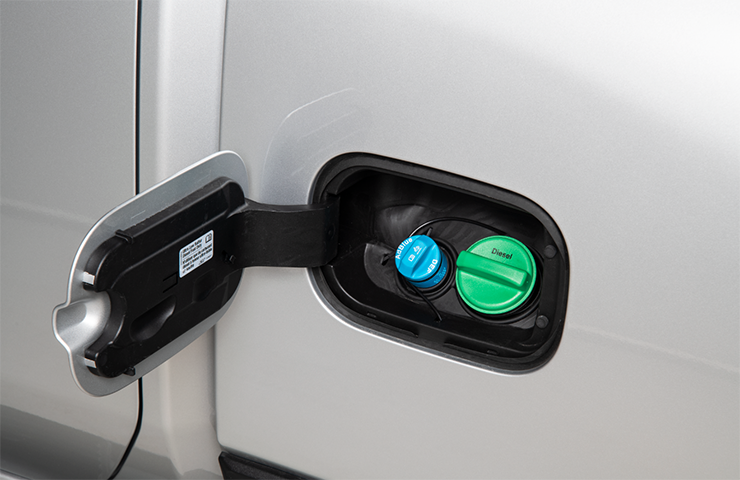 Fig. 9
Fig. 9
As soon as the ignition is turned on, the fuel pump will be engaged and contaminated fuel will be sent into the fuel system, which may potentially damage the entire system. DEF is a corrosive fluid that tends to form deposits on components. If the in-tank fuel pump has been run, then contaminated fuel has been pumped through both the low-pressure system and high-pressure pump. Inform customers to have the vehicle towed to the dealership or a qualified service facility.
– Thanks to Rodney Lopez


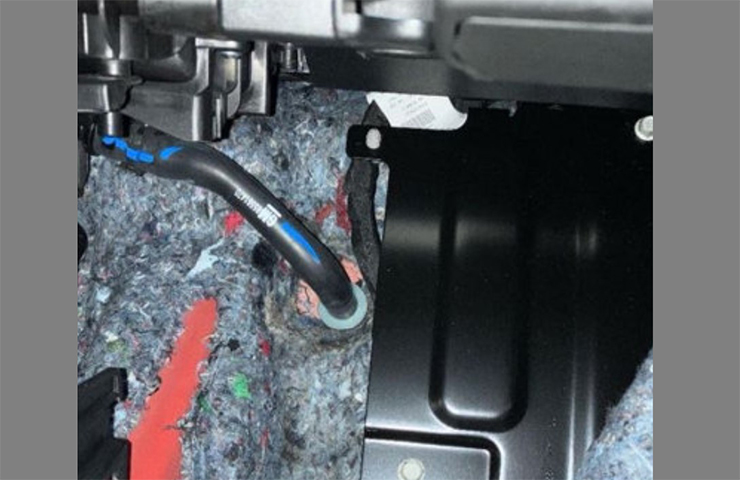

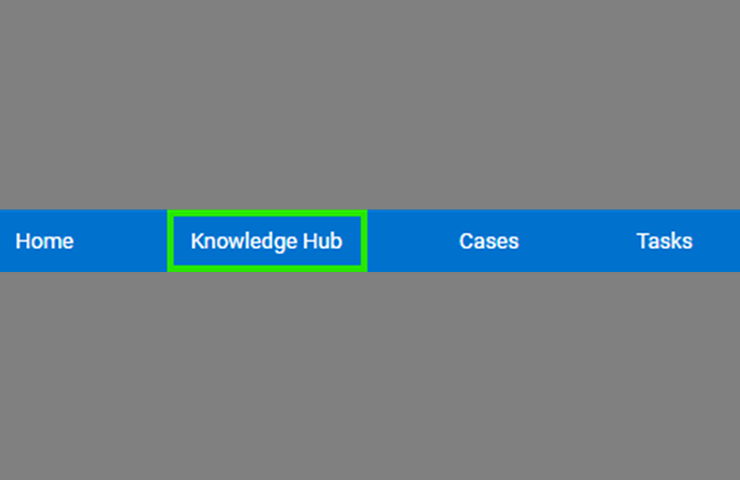
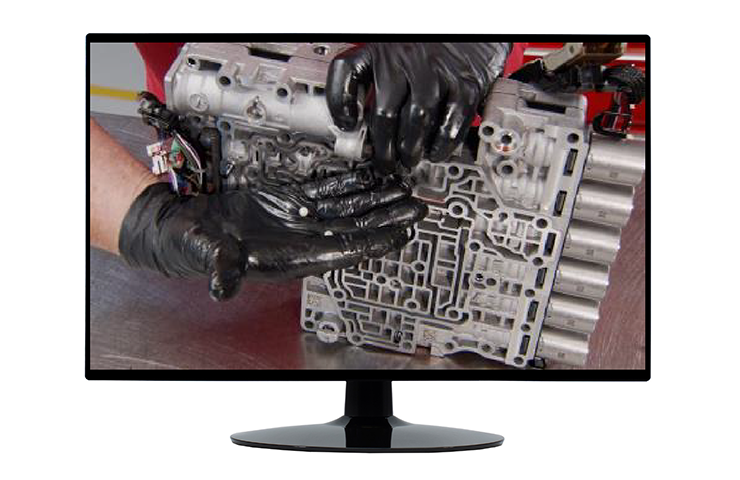

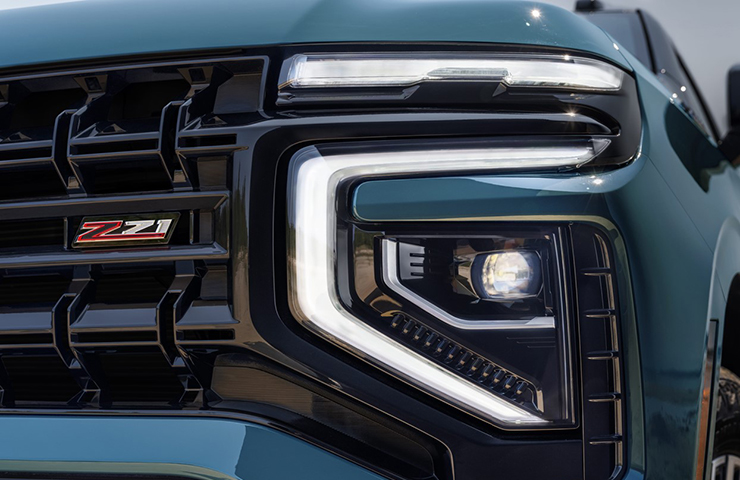
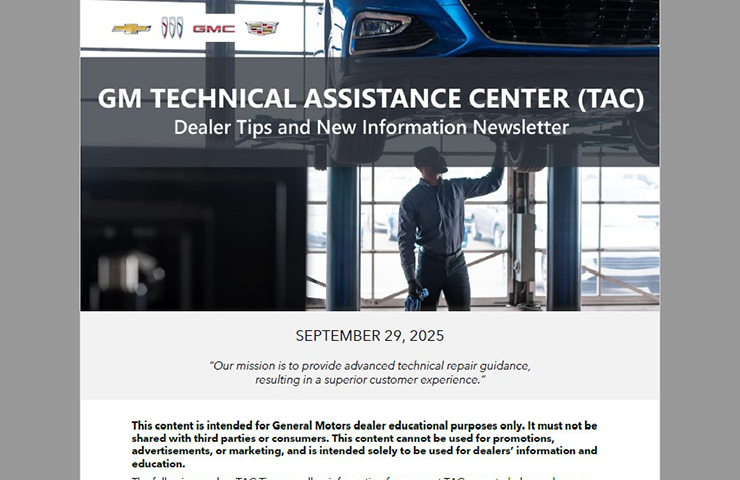


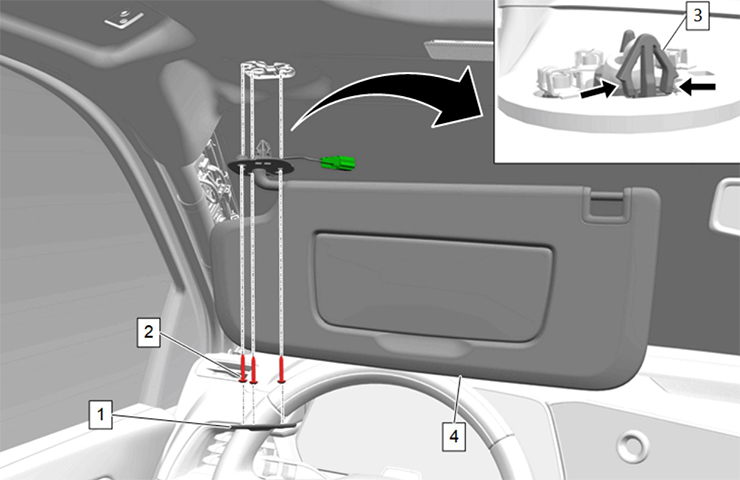
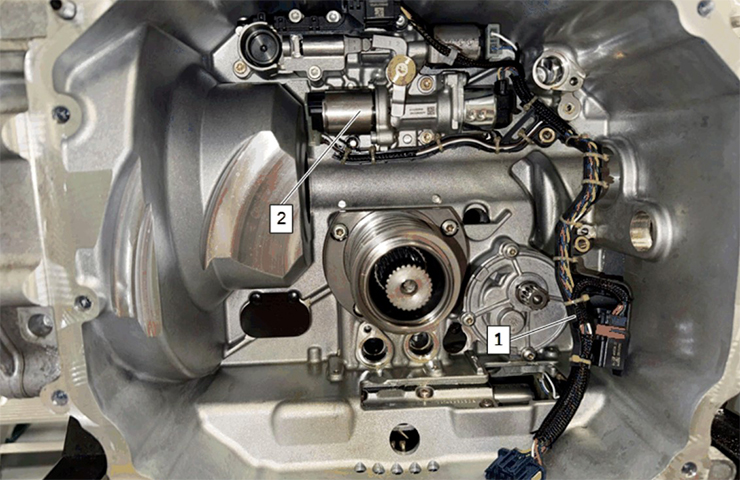
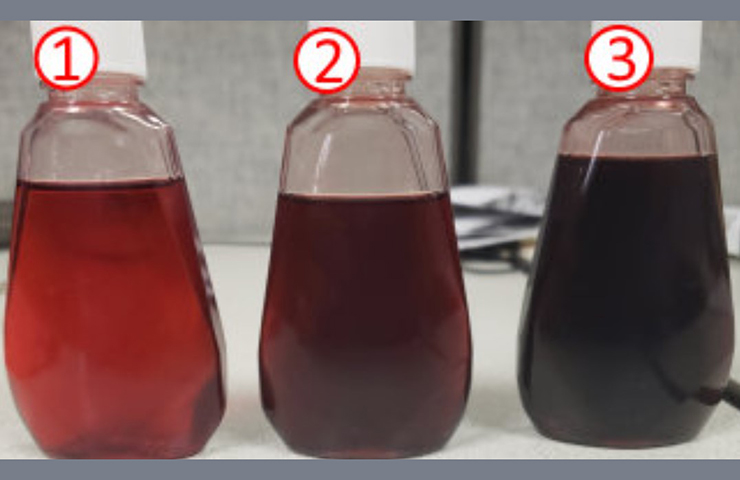






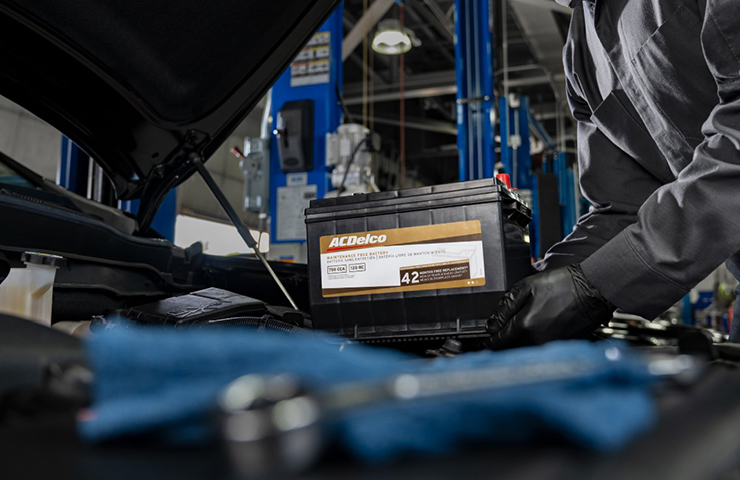
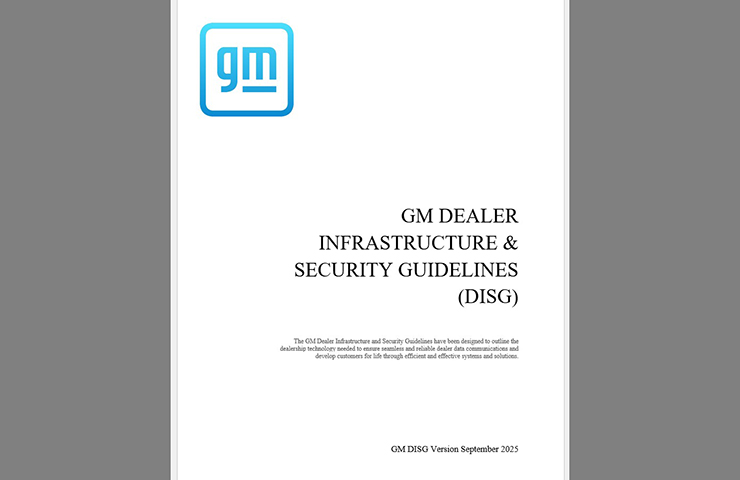

I agree with Chad. The fill port should have stayed under the hood. Sure, the tank was “ugly” but there was no need to re-route or re-locate for upfits and you couldn’t pour diesel in the DEF or DEF in the diesel unless you REALLY aren’t paying any attention.
Putting the 2 fill ports together was the worst idea GM has had in a long time. This has cost customers 10s of 1000s of dollars. Even if it is the customers mistake. This never happened with underhood fills.